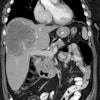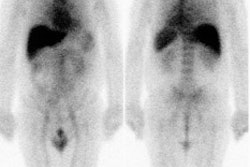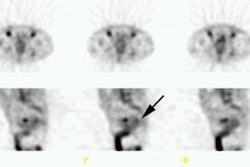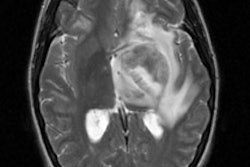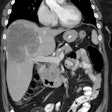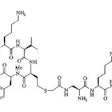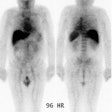Dis Colon Rectum 2000 Jun;43(6):759-67; discussion 767-70
Usefulness of FDG-PET scan in the assessment of suspected metastatic or
recurrent adenocarcinoma of the colon and rectum.
Whiteford MH, Whiteford HM, Yee LF, Ogunbiyi OA, Dehdashti F, Siegel BA, Birnbaum EH,
Fleshman JW, Kodner IJ, Read TE.
PURPOSE: The purpose of this study was to evaluate the clinical efficacy of positron
emission tomography with 2-[18F] fluoro-2-deoxy-D-glucose compared with computed
tomography plus other conventional diagnostic studies in patients suspected of having
metastatic or recurrent colorectal adenocarcinoma. METHODS: The records of 105 patients
who underwent 101 computed tomography and 109 2-[18F] fluoro-2-deoxy-D-glucose positron
emission tomography scans for suspected metastatic or recurrent colorectal adenocarcinoma
were reviewed. Clinical correlation was confirmed at time of operation,
histopathologically, or by clinical course. RESULTS: The overall sensitivity and
specificity of 2-[18F] fluoro-2-deoxy-D-glucose positron emission tomography in detection
of clinically relevant tumor were higher (87 and 68 percent) than for computed tomography
plus other conventional diagnostic studies (66 and 59 percent). The sensitivity of 2-[18F]
fluoro-2-deoxy-D-glucose positron emission tomography in detecting mucinous cancer was
lower (58 percent; n = 16) than for nonmucinous cancer (92 percent; n = 93). The
sensitivity of 2-[18F] fluoro-2-deoxy-D-glucose positron emission tomography in detecting
locoregional recurrence (n = 70) was higher than for computed tomography plus colonoscopy
(90 vs. 71 percent, respectively). The sensitivity of 2-[18F] fluoro-2-deoxy-D-glucose
positron emission tomography in detecting hepatic metastasis (n = 101) was higher than for
computed tomography (89 vs. 71 percent). The sensitivity of 2-[18F]
fluoro-2-deoxy-D-glucose positron emission tomography in detecting extrahepatic metastases
exclusive of locoregional recurrence (n = 101) was higher than for computed tomography
plus other conventional diagnostic studies (94 vs. 67 percent). 2-[18F]
fluoro-2-deoxy-D-glucose positron emission tomography altered clinical management in a
beneficial manner in 26 percent of cases (26/101) when compared with evaluation by
computed tomography plus other conventional diagnostic studies. CONCLUSION: 2-[18F]
fluoro-2-deoxy-D-glucose positron emission tomography is more sensitive than computed
tomography for the detection of metastatic or recurrent colorectal cancer and may improve
clinical management in one-quarter of cases. However, 2-[18F] fluoro-2-deoxy-D-glucose
positron emission tomography is not as sensitive in detecting mucinous adenocarcinoma,
possibly because of the relative hypocellularity of these tumors.

